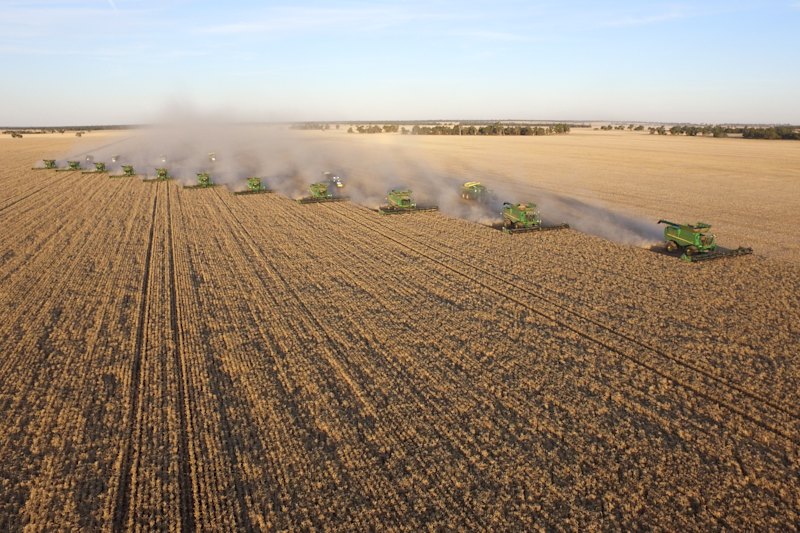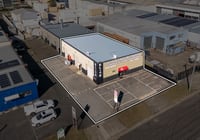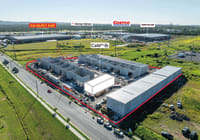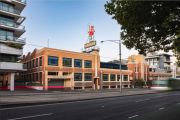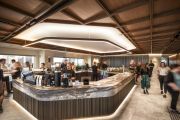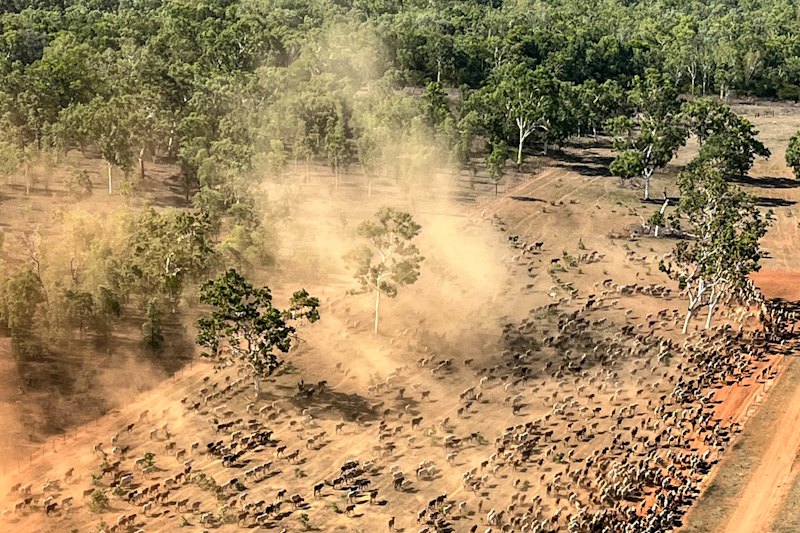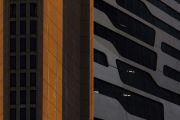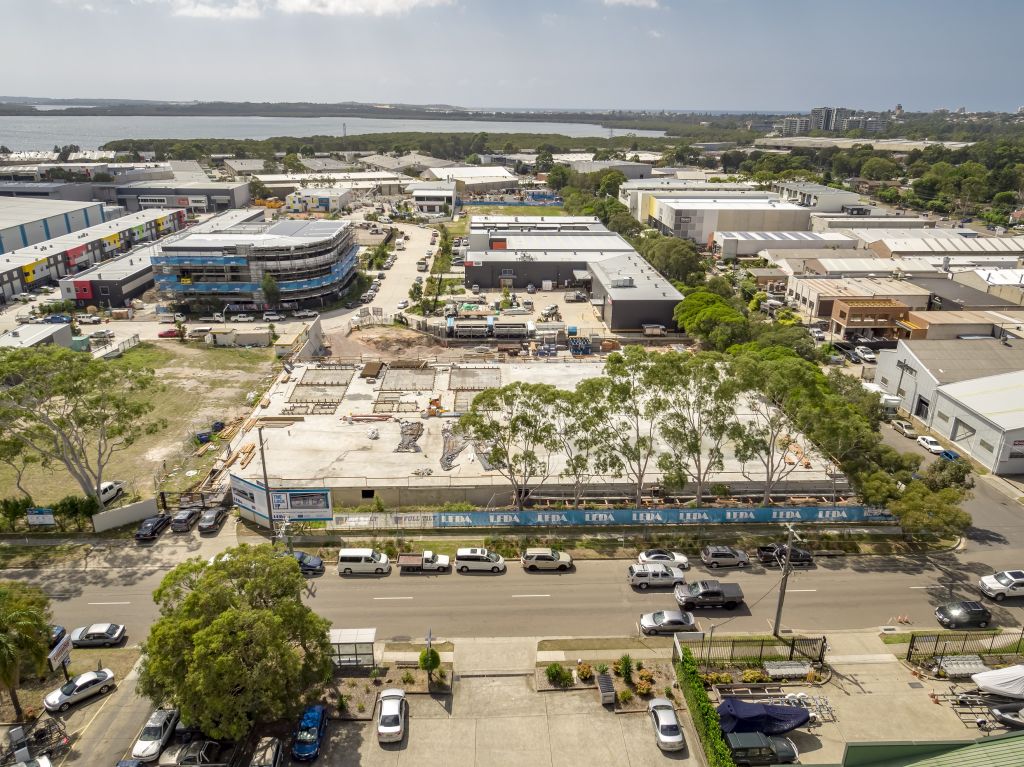
Demand for industrial property drives building approvals north
Unprecedented demand for warehouses and a renaissance in some areas of manufacturing have driven industrial building approvals through the roof.
The increasing reliance on online shopping from traditional retailers, as well as the rise of online-only e-tailers like Amazon, have pushed up demand for distribution centres, especially in locations linked to key motorways and transport hubs.
Many investors are looking north to Brisbane for better returns, as Sydney becomes more land-constrained and yields continue to tighten.
More than $535 million worth of approvals were granted nationally for industrial developments in February alone, the latest Australian Bureau of Statistics data, released on Wednesday, shows. That figure had surged by more than 100 per cent from the previous month.
Total industrial property, including factories and warehouses, recorded an uplift in approval values of more than 15 per cent in the 12 months to February 2018 – the strongest growth across the commercial asset classes.
AMP Capital chief economist Shane Oliver said the strong interest in the industrial property sector “comes back to e-commerce activity”.
“I think rents are rising very strongly so that’s encouraged a pick-up in approvals for industrial complexes or warehouses.”
While most industrial construction approvals were for warehouses, it was factories which saw the most dramatic uplift in approval values, with year-on-year growth of 117 per cent – with a 300-per-cent surge from January to February.
Colliers International’s head of industrial research Sass J-Baleh said the Australian food manufacturing and cold storage sectors have and will continue to see strong growth in the next few years, thanks to expansion in the food sector.
“It is important to note that there are many sub-sectors within the overall manufacturing industry and that although historic headline figures have shown an unfavourable trend in manufacturing, there are definitely sub-sectors that have demonstrated recent growth,” she said.
This aligns with the Australian Industry Group’s latest Australian Performance of Manufacturing Index, which hit a record high of 63.1. A PMI above 50 indicates an expansion in overall manufacturing activity.
The value of all non-residential building approvals grew by 4.4 per cent in the 12 months to February 2018 – to more than $3.58 billion worth of approvals. It climbed back by 14.8 per cent in February from the previous month.
Master Builders Australia’s Matthew Pollock expects non-residential building activity to grow by 14.6 per cent in 2018, with an estimated $41.5 billion worth of projects to be completed.
“(The upswing in approvals) confirms the strongest outlook that commercial construction has enjoyed in years and that the long awaited upturn in the sector is underway,” he said.
Brisbane “riding upswing” market
Research released by Cushman and Wakefield on Thursday reveals that the volume of investment in industrial property has increased nationally by 38 per cent to $982 million in the three months to March 31.
Cushman and Wakefield’s head of research Dominic Brown said that Brisbane had been the strong performer in the past few quarters, where more investors were looking at the recovery in that market.
The combined three-year investment volume for Brisbane – at $1.1 billion – is at its highest level since the third quarter of 2015.
“In Queensland, it was still in negative territory until about two years ago and it’s only in the past couple of years that it’s returned to positive economic growth,” he said.
“If you think of where pricing is at in the three cities, investors are now looking towards Brisbane as they see it as a growth opportunity, whereas pricing in Melbourne and Sydney have moved forward quite a long way over the past couple of years.”
While Mr Brown’s outlook for Brisbane remains positive, he noted that discrepancies between vendor and buyer price expectations could limit future investment activity.
Sydney has recorded the lowest three-year investment volume of $869 million among the three eastern seaboard capital cities because of limited stock and declining returns.
The highest result was achieved by Melbourne, where $1.2 billion worth of deals went through in the past three years. But the Cushman and Wakefield report noted that transactions in that market “has been largely flat over the past 18 months… due to lack of available stock”.
Despite this, capital values of vacant land in Melbourne shot up 36 per cent year-on-year.



